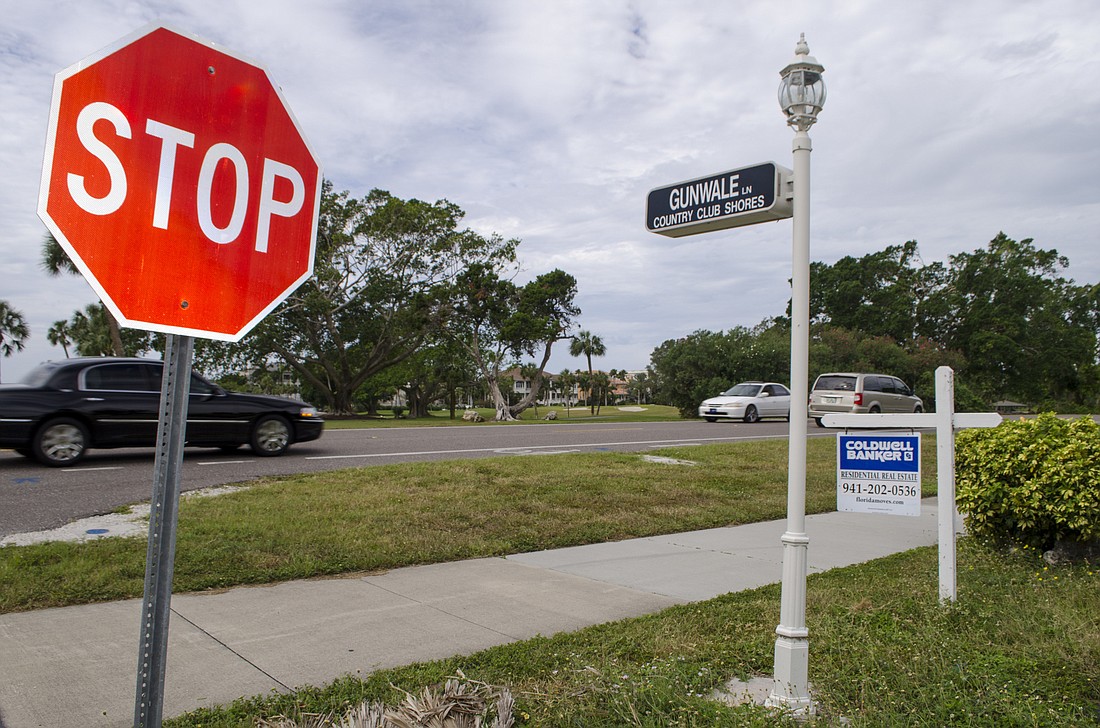- April 24, 2024
-
-
Loading

Loading

The Town of Longboat Key has long regulated what signs can be posted, where and for how long — call it an attention to aesthetics.
Now, after months of deliberation spurred by the U.S. Supreme Court two years ago, the Planning and Zoning Board has approved a new sign code for town commissioners to consider.
“We’ve heard and made a lot of changes in the months that this has been going on,” said Kelly Fernandez, assistant town attorney assigned to oversee the drafting of this policy. “I would have been surprised if it didn’t pass through the Planning and Zoning Board.”
The latest amendments to the sign code incorporated suggestions from the June 20 Planning and Zoning Board meeting, including:
The former code stipulated specific regulations based on sign content: regulating political signs apart from real estate signs, for example. This new policy regulates signs based on size, height, color and design. This could make the guidelines easier for businesses to navigate, Fernandez said.
“It's not that much of a change from what the sign code was,” Fernandez said of the new policy. “Now we're just treating everyone the same.”
The one suggestion the board rejected specifically defined landscaping for permanent, ground-mounted signs. The proposed change set specific size requirements and required that sign landscapes include native shrubs, perennial ground cover plants or a combination of the two.
The board instead opted for current language that requires a landscape be “appropriate to the size and scale of the sign.” This gives the board flexibility to approve or reject landscape foundations based on its discretion rather than refer to a formal code.
Board members were also quick to reject an appeal from Christ Church of Longboat Key, Presbyterian Church (U.S.A.), asking to allow digital signs.
“Longboat Key is not a digital sign kind of place,” said Planning and Zoning Board Chairwoman B.J. Bishop.
The church wanted to replace its sign — which now has to be changed manually using physical letters — with a remote-operated sign: one that could be changed with the touch of a button, according to a letter sent in July to town commissioners. A digital sign would give the church more flexibility in communicating with passersby and expedite the process of changing its message, said the Rev. Norman Pritchard.
“We were just hoping to find ways to serve the community a little better in letting the community know about things that are going on in the church,” Pritchard said.
This whole debate about what signs are allowed on the island began in 2015 after the Supreme Court decided signage could not be regulated based on content.
The decision spurred an opportunity for discussion on the scope of the town's authority when it comes to regulating what people post in their lawns, Fernandez said.